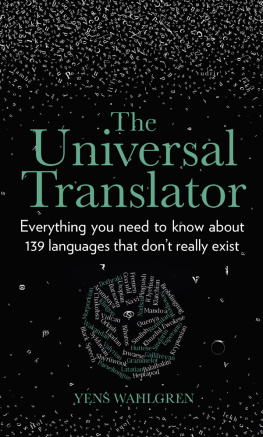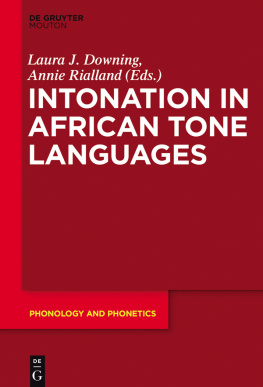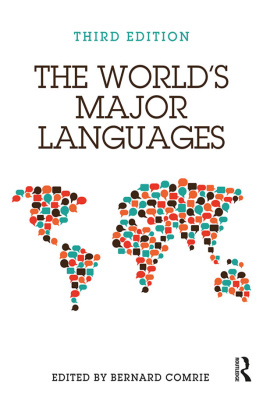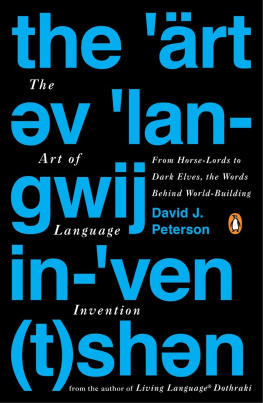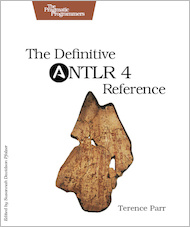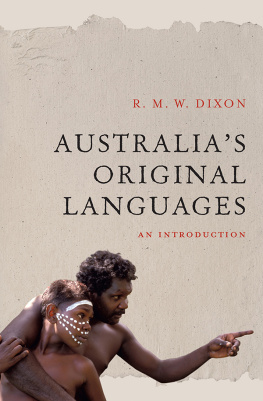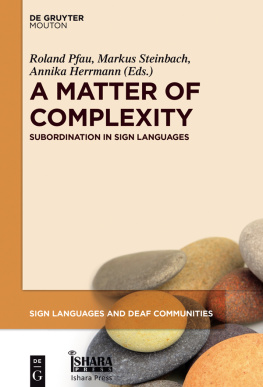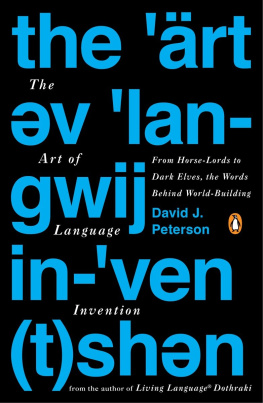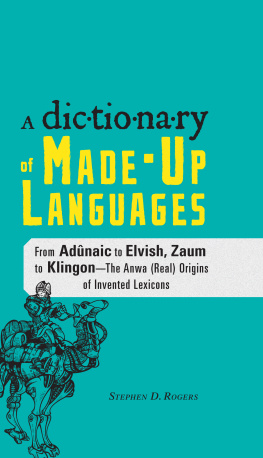Contents
Guide


This English language edition first published 2021
First published in Swedish by Volante Frlag in 2015
This edition published by agreement with the Kontext Agency
The cost of this translation was defrayed by a subsidy from the Swedish Arts Council, gratefully acknowledged
The History Press
97 St Georges Place, Cheltenham,
Gloucestershire, gl50 3qb
www.thehistorypress.co.uk
Yens Wahlgren, 2021
English translation A.A. Prime, 2021
The right of Yens Wahlgren to be identified as the Author of this work has been asserted in accordance with the Copyright, Designs and Patents Act 1988.
All rights reserved. No part of this book may be reprinted or reproduced or utilised in any form or by any electronic, mechanical or other means, now known or hereafter invented, including photocopying and recording, or in any information storage or retrieval system, without the permission in writing from the Publishers.
British Library Cataloguing in Publication Data.
A catalogue record for this book is available from the British Library.
ISBN 978 0 7509 9592 4
Typesetting and origination by The History Press
Printed and bound in Great Britain by TJ Books Limited, Padstow, Cornwall
eBook converted by Geethik Technologies

Contents
Introduction
YOUR ALIBI FOR SPEAKING ALIENESE
It begins on the changing table. Da-da, goo-goo a little baby looks with curiosity and delight at the new world revealed to them after nine months of darkness and tries to name everything using their own invented language. This is not unlike Adam in the Bible, who names all living things with his own made-up language, the Adamic language, which many people throughout history have regarded as a divine protolanguage conveying the true name and essence of all things. But really, the first invented language probably wasnt much more advanced than a curious da-da and goo-goo.
Just as a baby soon applies systems and structure to their language incomprehensible though it may be for anyone other than the child and their closest family it didnt take long for the first humans to become more systematic in their communication. It is very possible that language originated among a small group of individuals early on in human history and then spread throughout the world with human migration.
After the baby babble stage, many of us continue to concoct our own languages. I remember talking and singing in made-up English when I was little. Before I could read for real, I remember reading aloud in my own secret language and pretending to write before I could write. In primary school, my friends and I were fascinated by the Smurfs and spoke to each other in Smurf language. I remember to this day how thrilled we were when we actually managed to understand each other. I also remember the frustration of being unable to crack the code of the Robber Language (think a Swedish equivalent to Pig Latin, invented by the author Astrid Lindgren) that the girls in our class seemed able to converse in fluently.
After primary school came middle and high schools, and I made new linguistic acquaintances: the language of the great apes in Tarzan, Elvish in J.R.R. Tolkiens books, and the alien languages in Star Wars and Dune; the secret runic alphabet I developed during a two-week holiday in Sicily but never used; and of course the Latin used by the pirates in the Asterix comics, which is still all the Latin I know.
Other than Latin, the languages that fascinated me most in childhood were invented. Languages that had no purpose beyond adding flavour and depth to literature and films. Languages that could hardly be used for communication. Languages you couldnt study at a language school in Brighton in the summer holidays.
My interest in artificial languages continued into adulthood and I began to study them more systematically. This book is the result. My interest has also given rise to a number of articles and academic essays on the extraterrestrial language Klingon; I like to say I have a BA in Klingon.
I have also discovered that I am far from alone in my fascination with artificial languages. People have always invented languages, for their own amusement, for political, religious, social or aesthetic reasons. Many have sought the perfect language and tried to construct a means of communication that is more precise, logical or beautiful in other words, better than natural languages. English, Swedish, French indeed, most of the nearly 7,000 living languages we know of have evolved over millennia and are not consistent, logical or regular. Whats more, change tends to evoke strong feelings in most people.
Just take the word they, to mean a singular person of undefined gender. Is this new use of the word a grammatical abomination or a natural solution to fill a gap in the English language? I would imagine that my readers opinions differ on this subject. But it is precisely this type of change that has been the driving force behind many peoples attempts to create better languages. That is, the creators subjective idea of what makes a language better. Most of the hundreds of supposedly perfect, world-enhancing languages invented have been ideal according to their creators alone, and have never actually reached a larger audience. But thats good enough, isnt it? A handful have reached a wider audience the most noteworthy example being Esperanto.
The name Esperanto means hope and the language was created with the intention of spreading peace and international understanding. Inventor Ludwig Zamenhof fantasised that one day everyone in the world would have Esperanto as a second language, and therefore be able to communicate via a neutral language that was not native to anyone in particular. Nowadays, there actually are native speakers. It is estimated that around 1,000 people were raised speaking Esperanto, and so in practice it has become a natural language. It is also estimated that 200,000300,000 people speak Esperanto fluently and up to 2 million speak it to a reasonable degree.
There has been similar development in two other constructed languages: Hebrew and Norwegian. Yes, you read that correctly. Both modern Hebrew and Norwegian are constructed languages.
Modern Hebrew originated in Palestine in the 1890s when Jewish immigrants decided to revive Hebrew as an oral language. For many centuries, Hebrew had not been spoken day to day and was used only in ritual. The initiator of this endeavour was Eliezer Ben-Yehuda, who raised his children speaking Hebrew. In order for the ancient Hebrew of the Torah to be used as a spoken language, a lot had to be added and changed in terms of vocabulary, grammar and pronunciation essentially constructing a language.
In the 1840s, the father of Nynorsk, or New Norwegian, Ivar Aasen, constructed the modern tongue from medieval Norwegian, with a review and systematisation of the western Norwegian dialects and the introduction of a new standard of written language. Naturally, if Norway was going to be a nation, it needed a proper language of its own.

